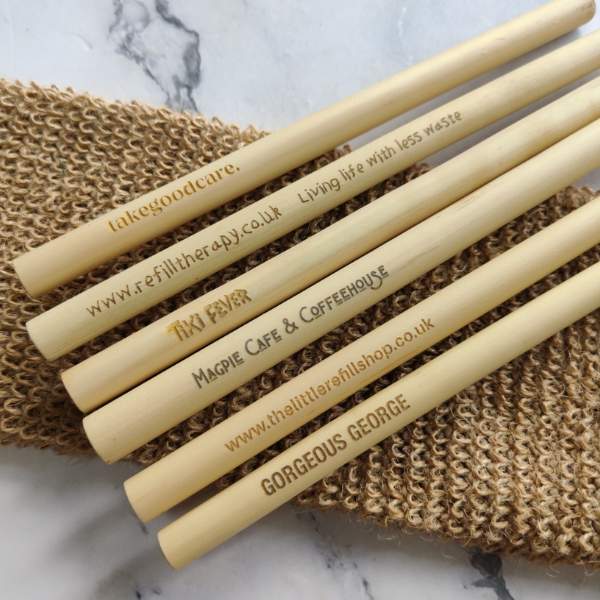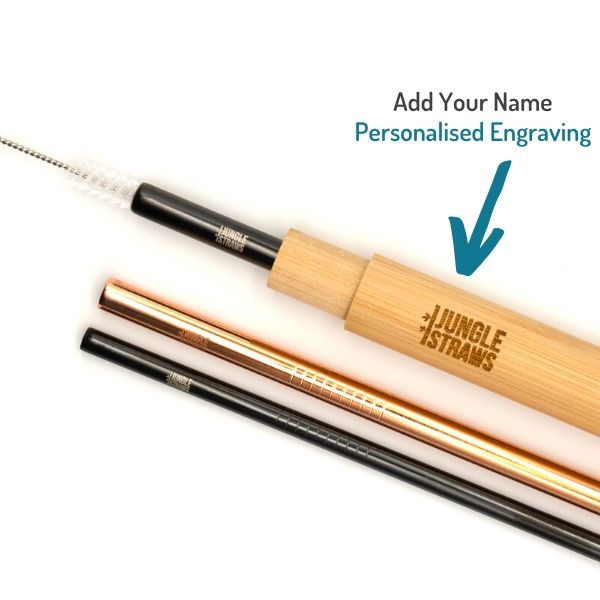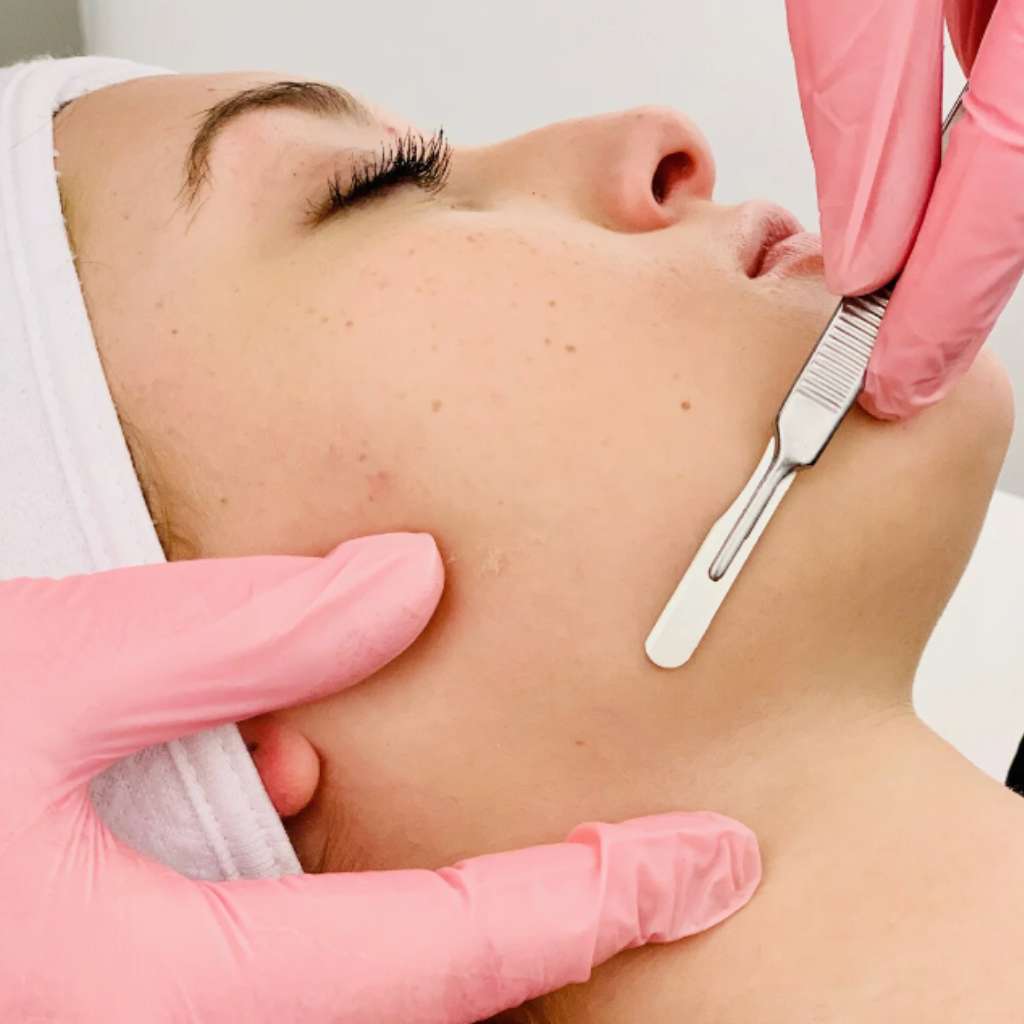What's the difference between dermaplaning and shaving?
Dermaplaning is a beauty treatment that’s been around for years, but recently it’s skyrocketed in popularity as more people use dermaplaning razors at home to exfoliate their skin.
But am I missing something? Is an at-home dermaplaner not simply a straight edged razor in disguise?
Well, not exactly…
First, let’s look at the similarities between dermaplaning and shaving…
Similarities between dermaplaning and shaving
On the surface, both techniques seem kind of similar. After all, both processes involve shaving off hair and both processes involve using a sharp blade on the skin.
But that’s where the similarities end.
Differences in intention
The first huge difference between dermaplaning and shaving is in the intention.
Both shaving and dermaplaning are aimed at removing hair, the difference is in the type of hair that they aim to remove.
Shaving removes what is known as terminal hairs. Terminal hairs are thick, darker and noticeable. Think beards, armpit and leg hair.
Dermaplaning is aimed at removing vellus hair. Vellus hair is much less noticeable and does not affect your appearance as much as terminal hairs. However, removing vellus hairs allows other skincare products and makeup to be applied directly to the skin which increases their efficiency and makes makeup look ultra smooth.
Shaving’s sole intention is to remove terminal hairs, whereas dermaplaning can be thought of more as a means of physical exfoliation. The effects of dermaplaning are largely to get rid of vellus hair (peach fuzz), dead skin and prep your skin for other products.
Differences in technique
Another notable difference between shaving and dermaplaning is in technique. When shaving, your face should be wet, hot and lubricated using shaving soap.
When dermaplaning, the golden rule is wet faces lead to cuts. Your face should be dry and no product should be applied. A little oil can sometimes be okay, but in general most people should dermaplane on a dry face.
The other key difference is that when you shave it should be long and straight strokes.
Dermaplaning should be short, careful strokes. The blade used when dermaplaning is sharper and more dangerous, so caution should be exercised.

Differences in tools
Dermaplaning traditionally was carried out only by beauticians using a scalpel. Until recently, it was viewed as a medical/beauty treatment that normally would only happen in a surgical environment.

Nowadays, people have realised that dermaplaning is actually quite simple and easy to do at home. So using a scalpel would be quite rare.
Instead, people dermaplane at home using relatively cheap tools. At home dermaplaners can also be used to shape other facial hair such as your eyebrows.
In fact, many people purchase and use dermaplaners solely as eyebrow shapers because unlike a traditional razor, a dermaplaner is thin and doesn’t get in the way when shaving.
Not only is a dermaplaning razor vastly different from a women’s safety razor, but the razor blades are different too.
Safety razor blades are double edged and can be used for 2-4 months on average. They can be used when partially blunted and as long as you have good technique, you probably won’t cut or injure yourself. Dermaplaning blades however are single-sided and should only be used 2-3 times. When they begin to blunten, they should be changed immediately as a dermaplaning blade needs to be very sharp to exfoliate your skin properly.
Differences in application
Dermaplaning is a beauty treatment for the face only.
Shaving (even with a safety razor) can remove hairs all over your body. See our article on how to shave pubic hair using a safety razor!
We certainly do not recommend dermaplaning anywhere other than your face.
And that rounds up the differences between shaving and dermaplaning.
Final Thoughts
Whilst shaving and dermaplaning may look similar, the technique, application and tools are all different.
In fact, the only similarity between the two treatments is that they both remove some type of hair, although hair removal is not really the objective of dermaplaning anyway!
Hopefully this has helped to educate you in both shaving and dermaplaning. If you have any questions, feel free to drop us a comment below.













Leave a comment (all fields required)